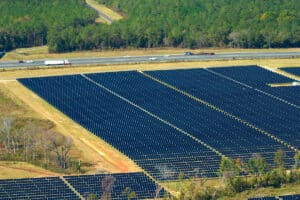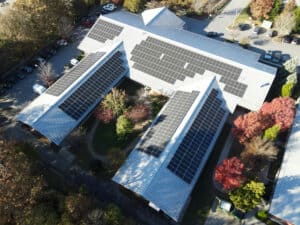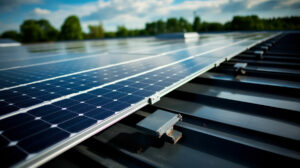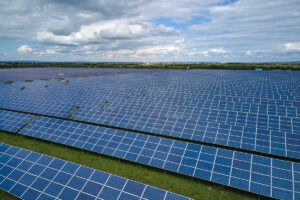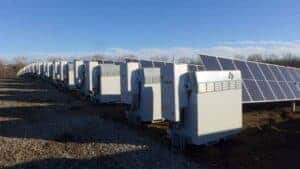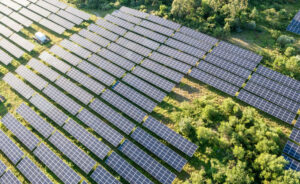The future of industrial lighting will be determined by LED lighting. According to a recent report, the global LED lighting market is expected to be valued at $92.40 billion by 2022. This growth is due in part to innovative LED lighting trends such as: advances in energy efficiency, more sustainable fixtures and smart sensors. This leading technology has already made continuous advances in light output, energy efficiency, optics, color options and hazardous location safety & certification. Keep reading to learn more about these three LED lighting trends.
1. Further advances in energy efficiency
While HPS and other HID fixtures become more expensive to maintain, industrial LEDs will continue to help lower energy usage and costs for companies in the future. LED fixtures currently use at least 75% less energy and last 25 times longer than incandescent lighting. It’s even predicted that the widespread use of LED could save about 348 TWh (compared to no LED use) of electricity by 2027. To put that in perspective, that is the equivalent annual electrical output of 44 large electric power plants (1000 megawatts each), and a total savings of more than $30 billion at today’s electricity prices.
2. A more sustainable fixture — and future
As industrial LED fixtures become more efficient, this will lead to a dramatic reduction in carbon emission. Right now, there are more than 144 million industrial lighting fixtures in place at around 455,000 industrial facilities in the U.S. alone. If all of those were high-efficiency LEDs, it would cut carbon emissions by 28 million metric tons — the equivalent of taking 6 million passenger cars off the road every year.
3. Smart sensors will become mainstream
Smart sensors are another one of industry’s LED lighting trends. It’s expected more companies will install LED fixtures with smart controls this year to maximize their ROI. LED fixtures have many abilities with smart control such as their instant-on capability that can reduce energy use by an additional 50 percent, according to the ECG analysis. By adding occupancy controls which turn the lights on only when there are movement in the area, or daylight harvesting controls, which automatically adjust the light output to compensate for natural light, industrial LED fixtures can substantially reduce the typical burn time and the need to keep lights on 24/7.
Learn more
Leverage these LED lighting trends and partner with EnergyLink for your lighting installation. We are a certified national ESCO with extensive experience in the design, build and fund phases of renewable or energy efficiency projects. To get started, click the button for a free quote. If you are interested in more LED lighting trends, click the link below.

